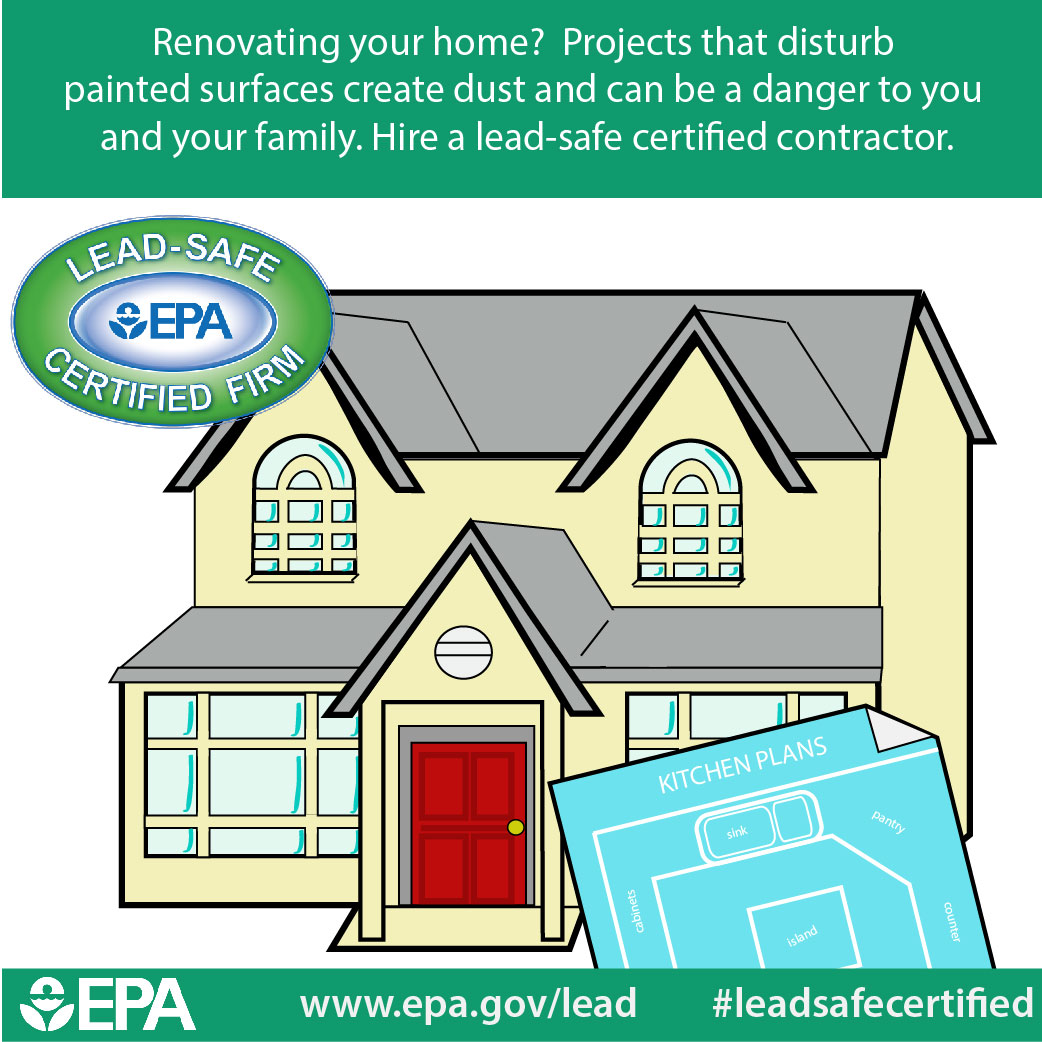Detailed Rundown For Prepping Your Wall Surfaces Before Applying Paint
Detailed Rundown For Prepping Your Wall Surfaces Before Applying Paint
Blog Article
Authored By-Terp Dillard
When you're prepping your wall surfaces for painting, it's essential to follow a systematic procedure to ensure a flawless surface. Beginning by checking out the wall for any kind of damages; this step can make or break your project. When you have actually recognized any kind of concerns, cleaning the surface correctly is necessary, as a filthy wall can affect paint adhesion. Afterwards, you'll need to patch any kind of imperfections and apply a guide. However there specify strategies and pointers that can boost your prep work video game-- allow's discover those more to accomplish the very best results.
Assessing Wall Surface Condition
Before you grab your paintbrush, take a minute to analyze your wall surfaces' condition. Look for any kind of noticeable damage like splits, holes, or peeling off paint. These blemishes can affect exactly how the paint adheres and looks when it's dry. If visit the up coming document observe any kind of considerable damages, you'll need to focus on repairs prior to diving right into painting.
Look closely at the appearance of your wall surfaces. Is the surface area smooth, or is there appearance that might call for unique factor to consider? Smooth walls typically need much less prep, while distinctive surface areas might require more time to paint equally.
Also, think about the previous paint work. If the old paint is shiny, it mightn't allow new paint to stick effectively. You'll wish to know if your wall surfaces have been repainted with oil-based or water-based paint, as this can impact your selection of primer or paint.
Lastly, keep in mind of any dampness problems. If you see indications of water damage or mold, address these issues quickly to prevent more problems.
Cleaning up the Surface area
Once you've assessed the condition of your wall surfaces, the following action is cleansing the surface area. Beginning by gathering your products: a bucket, cozy water, a mild cleaning agent, a sponge or towel, and a scrub brush for tougher spots.
Begin on top corner of the wall surface and function your method down. Mix the cleaning agent with warm water in your bucket, after that dip the sponge or cloth right into the option. Wring it out to prevent extreme dampness on the walls.
As you clean up, pay close attention to areas that might've collected dirt, grease, or fingerprints. For persistent discolorations, make use of the scrub brush gently to stay clear of harming the paint beneath. Rinse your sponge or towel often in clean water to stop spreading out dirt around.
After cleaning, it's important to wipe the wall surfaces with a moist fabric to get rid of any soap residue. This step makes certain a smooth surface area for the brand-new paint to stick to.
Permit the wall surfaces to completely dry completely prior to carrying on to the next prep work steps. This comprehensive cleansing process will certainly assist produce a fresh canvas for your painting job, guaranteeing the best outcomes.
Patching and Priming
Patching and priming are vital action in preparing your wall surfaces for a fresh coat of paint. Initially, inspect your wall surfaces for any type of holes, splits, or flaws. Use a top notch spackling substance or patching paste to fill up these areas.
Apply https://exteriorhousepaintersnear55210.activoblog.com/35689231/expert-guidance-for-creating-sharp-edges-and-high-quality-outcomes-in-interior-paint with a putty blade, smoothing it out so it's flush with the bordering surface. Enable it to dry completely, and afterwards sand it gently until it's smooth and even.
Once you've patched whatever, it's time to prime. Primer helps secure the patched locations, making certain the paint sticks correctly and provides an uniform surface. Pick a primer ideal for your wall surface type and the paint you'll be using.
Use discover here utilizing a roller for larger areas and a brush for corners and sides. If your covered areas are considerably large or permeable, you may wish to apply a 2nd coat of primer after the initial one dries.
After priming, let whatever dry thoroughly prior to carrying on to painting. This preparation will not just boost the appearance of your walls but additionally prolong the life of your paint task.
Take your time, and you'll be pleased with the results.
Verdict
By complying with these basic steps, you can achieve a smooth and specialist coating on your wall surfaces. Start by assessing their condition, after that tidy and patch any flaws before applying guide. Bear in mind to allow adequate drying time and ensure every little thing is smooth prior to you study painting. With the right prep work, you'll establish the stage for a gorgeous transformation in your area. Currently, collect your supplies, take in the fresh air, and get ready to repaint!
